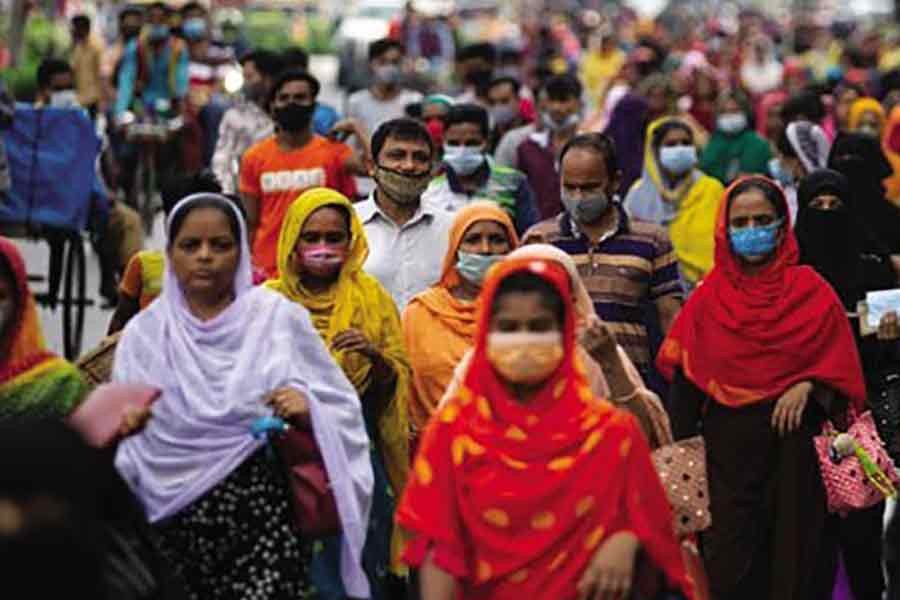
Published :
Updated :

Behind the rural to urban migration lies what in economic parlance is called the factors of 'push' and 'pull'. The same factors are also at work in case of internal migration from one rural area to another depending on demand or no demand for labour. Now seasonal poverty, quite naturally, leads to seasonal migration. This is common knowledge but what is less known is how the seasonal poverty in various pockets of this country affects lives of the poor, the marginal in particular and its overall impact on the rural economy. Dr. Ahmed Mushfiq Mobarak, a professor of economics at the Yale University in the United States of America focused on this issue in a public lecture at the Bangladesh Institute of Development Studies, Dhaka. He has expressed his concern over the cumulative adverse impact of seasonal poverty on the livelihoods and living conditions of the marginal people in society.
True, monga---a yearly seasonal famine-like situation in Kurigram in the country's north---has become a thing of the past. But this does not mean people everywhere in the villages of Bangladesh have assured livelihoods throughout the year. There are pockets where the problem is endemic. Natural calamities such as droughts, floods, cyclones, storms, untimely heavy rains and river erosions cause crop losses and upset the pattern of lives of farmers as well as marginal farm labourers. Apart from farm labourers, there are people of other occupations such as fishermen whose livelihoods are increasingly falling at risk on account of water bodies drying up or becoming shallower. Also the ban on fishing in the interest of facilitating spawning of eggs in the breeding season of the Hilsa renders a large number of fishermen unemployed for considerably lengthy periods of time. Similarly, fishermen who work as hired labourers on trawlers engaged in fishing in the Bay of Bengal are only seasonal workers.
Where and when things go particularly wrong for such seasonally unemployed are easy to identify. During the time of unemployment---in case of farm labourers it is the pre-harvest season ---such people have to borrow money from money lenders at abnormally high interests to meet their family needs and also the expenses of their migration. Most of their income during the seasonal migration then is required to pay the loans made. This is a vicious cycle still prevalent in the countryside of Bangladesh. Even interests on loans from non-government organisations (NGOs) are very high and there is the obligation of weekly payment of instalments.
The Yale professor, quite logically, suggests that financial supports to these marginal people during the crunch time can be of immense help. He cites the example of Nepal where this has been proved beyond doubt. Understandably, the issue of collateral stands in the way of bringing the marginal people under loan coverage. But for generations the money lenders have fleeced them and there are no reports the poor and the marginal, with rare exceptions, have become defaulters in loan payment. Now that the country is on the way to digitisation, a comprehensive national data bank should be prepared. With help from appropriately developed apps, they can be brought under a formal financial credit scheme and saved from usurers.


 For all latest news, follow The Financial Express Google News channel.
For all latest news, follow The Financial Express Google News channel.